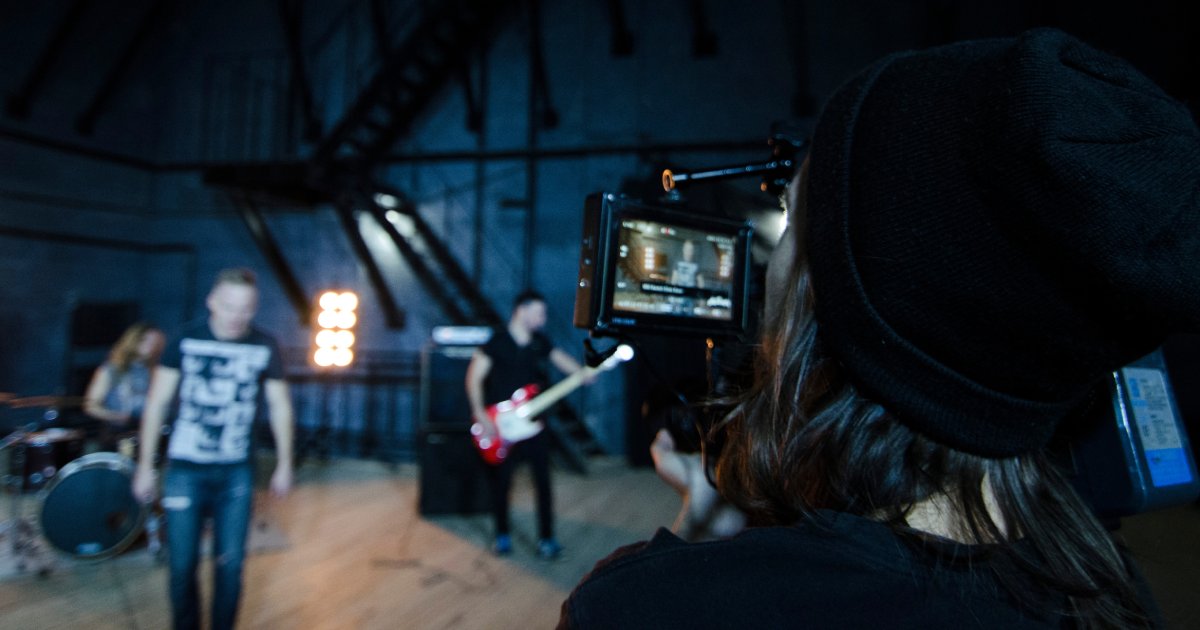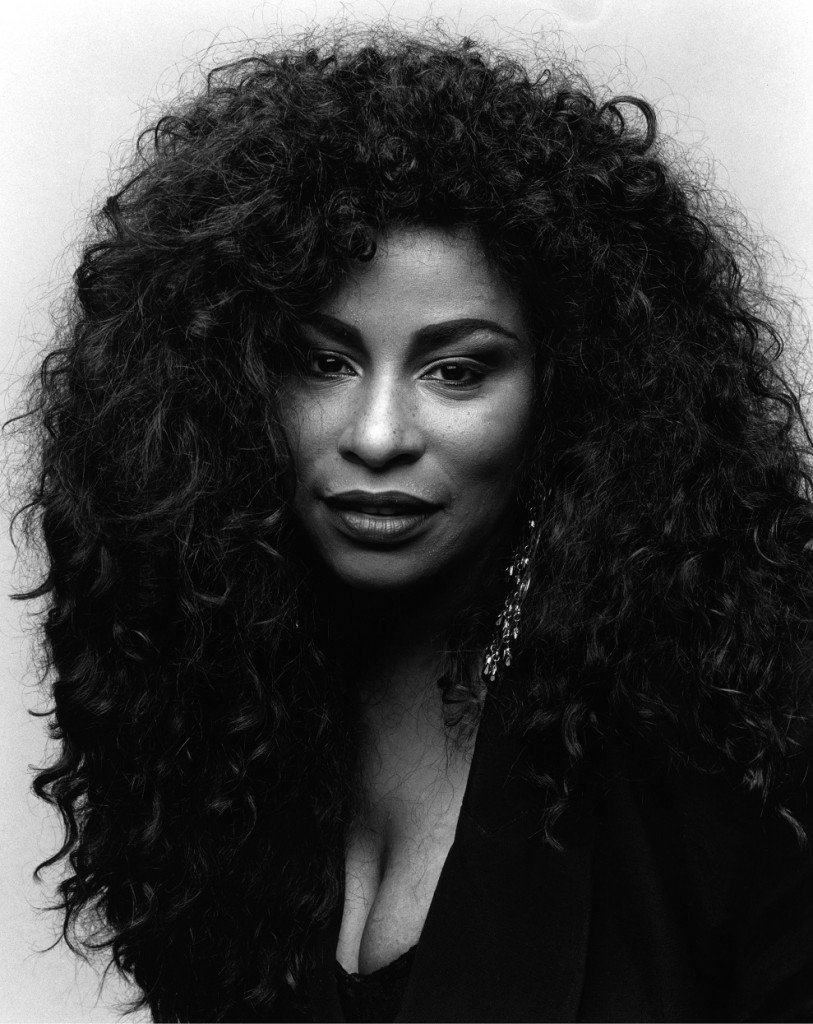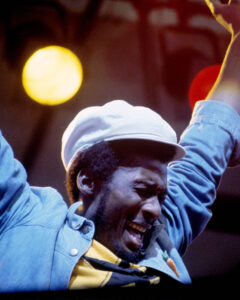Must-Have Equipment and Tools To Shoot Your Own Music Video
More indie artists are creating their own music videos than ever before. The barrier to entry has dropped significantly, and with more equipment and resources accessible, you don’t need a Hollywood budget or professional crew to produce compelling visual content.
Quality equipment makes the difference between a video that looks amateur and one that captures attention. The right tools help you tell your story effectively and translate your creative vision into something viewers want to watch and share.
This guide covers the essential equipment you need to shoot professional-looking music videos without breaking the bank. From cameras to editing software, we’ll explore options that deliver results while staying within reach of independent artists.
Camera and Lens Options
Your camera serves as the foundation of your entire production. Smartphones have come a long way and can produce surprisingly good results, especially newer models with advanced video capabilities and image stabilization features.
If you’re looking for the next step up, DSLR cameras offer more control over settings like aperture, shutter speed, and ISO, giving you greater creative flexibility. Mirrorless cameras provide similar functionality in a more compact package, making them easier to handle during long shooting sessions.
Lens selection significantly impacts your video’s visual style. Wide-angle lenses capture more of the scene and work well for establishing shots or when you’re filming in tight spaces. Prime lenses with fixed focal lengths produce sharper images and better low-light performance compared to zoom lenses.
Lighting Equipment Essentials
Lighting sets the mood and professional quality of your music video. Natural light works great for certain styles, especially during golden hour when the sun creates warm, flattering illumination. When making use of natural lighting outdoors, make sure to choose the right AV equipment for outdoor use, such as sound or lighting equipment with appropriate weather covers.
Artificial lighting gives you complete control over your video’s look regardless of time or weather conditions. LED panels and other artificial lighting allow you to control your light source when recording indoors in studios or other areas. Softboxes diffuse harsh light and create more flattering illumination for close-up shots. They’re particularly useful when filming indoors or when you need to eliminate unflattering shadows on faces or instruments.
Sound Recording Considerations
Audio quality matters even when your music video features a pre-recorded track. You might need to capture dialogue, behind-the-scenes content, or room tone for editing purposes.
Shotgun microphones excel at capturing focused audio while minimizing background noise. You can mount these to your camera or boom pole for interviews, behind-the-scenes content, bloopers, and more.
Lavalier microphones clip onto clothing and provide hands-free recording for speaking parts. They’re small, discrete, and ideal when you need consistent audio levels from someone who’s moving around during filming.
Stabilizing Equipment for Smooth Footage
Shaky footage immediately signals amateur production quality. Tripods provide rock-solid stability for static shots and smooth pans when you invest in a quality fluid head.
Gimbals use motors and sensors to counteract camera movement, allowing you to capture smooth footage while walking or moving the camera. Camera sliders add professional-looking horizontal movement to your shots. Even basic sliders can transform static scenes into visually engaging sequences that will keep viewers engaged.
Editing Software Solutions
Post-production transforms your raw footage into a polished music video. Free editing software offers professional-grade color correction and editing tools without any cost.
Paid options provide additional features, effects, and workflow improvements that can speed up your editing process. They also offer better integration with other creative software you might use. However, these can be pricey options you must pay for monthly, so consider your free options and editing needs before you make the leap to professional software.
Consider your computer’s processing power when choosing editing software. More powerful programs require better hardware to run smoothly, which might influence your software selection based on your current setup.
Finding Equipment and Tools on a Budget
Creating a high-quality music video doesn’t have to break the bank. Whether you’re just starting out or looking to expand your toolkit, there are plenty of budget-friendly options available to suit your needs.
From cameras and microphones to lighting and accessories, finding affordable equipment and tools is all about knowing where to look and what to prioritize. This section will guide you through tips and strategies to help you build your setup without overspending.
Renting Equipment
For gear you don’t use regularly, renting is often much cheaper than purchasing. This is especially true for high-end, expensive equipment like specialty lenses, lighting rigs, or gimbals.
Larger, more urban areas often have shops that cater to independent filmmakers, photographers, and content creators. Renting allows you to access professional-grade tools without the hefty upfront cost, making it a practical option for one-off projects, specific shoots, or if you’re trying out filming for the first time. Some rental services even offer online booking and delivery, adding extra convenience to the process.
Save with Used Equipment
Buying used equipment is an excellent way to save on quality gear. Many camera bodies, lenses, and accessories hold their value well, and older models can still deliver exceptional results at a fraction of the cost of new gear.
Online marketplaces, local social media ads, and specialty second-hand equipment stores are great resources for finding deals. When buying used, make sure to research the item’s condition and test it before committing to ensure it meets your needs.
Build a Collection
Instead of rushing to buy everything at once, consider building your equipment collection gradually. Start by investing in the most essential items, such as a reliable camera body, a versatile lens, and a sturdy tripod.
As your skills and creative needs develop, you can add specialized gear like additional lenses, lighting setups, or audio equipment. This phased approach allows you to focus on quality over quantity, ensuring your purchases are strategic and beneficial for your work.
Borrowing and Trading Gear
Collaborating with other creators is a great way to access equipment without spending money. Borrowing or trading gear with local filmmakers, photographers, or musicians gives you access to tools you might not own and strengthens your network within the creative community.
This approach promotes mutual support and helps you connect with the community, helping everyone involved create better content while saving on costs. Plus, you may gain insights or skills through these partnerships that further enhance your projects.
Start Creating Professional Music Videos Today
The essential equipment for shooting your own music video includes multiple high-quality items from cameras to editing software. Each component contributes to the quality and professional appearance of your final product.
Remember that technique and creativity matter more than having the most expensive gear available. Focus on learning how to use your equipment effectively rather than constantly upgrading to newer models.
Start with basic equipment and expand your toolkit as you gain experience and identify specific needs for your creative style. Start acquiring your equipment today to begin your project and start gaining valuable music-making experience.
Share this content:














Post Comment